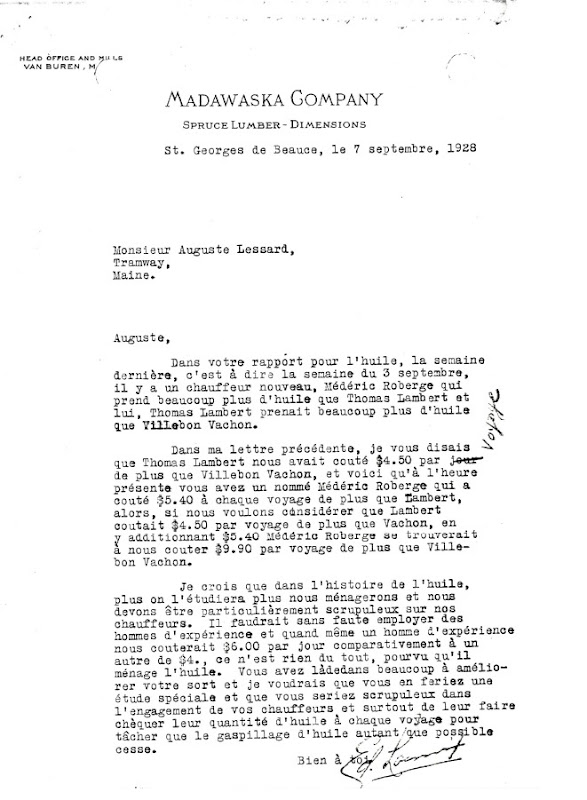| It is currently Fri Apr 19, 2024 1:11 pm |
|
All times are UTC - 5 hours [ DST ] |
Abandoned Locomotives in Maine
Moderators: Rick Rowlands, tomgears, Randy Hees
 
|
Page 3 of 3 |
[ 34 posts ] | Go to page Previous 1, 2, 3 |
|
| Terry Harper |
|
||
|
Joined: Tue May 08, 2007 4:59 pm Posts: 148 |
|
||
| Dougvv |
|
||
|
Joined: Sat Aug 21, 2004 10:52 pm Posts: 914 |
|
||
| Kuh Shise |
|
||
|
Joined: Tue Mar 06, 2012 1:12 pm Posts: 3 Location: St. Marys, PA |
|
||
 
|
Page 3 of 3 |
[ 34 posts ] | Go to page Previous 1, 2, 3 |
|
All times are UTC - 5 hours [ DST ] |
Who is online |
Users browsing this forum: Google [Bot], pullmanologist, QJdriver and 208 guests |
| You cannot post new topics in this forum You cannot reply to topics in this forum You cannot edit your posts in this forum You cannot delete your posts in this forum You cannot post attachments in this forum |

